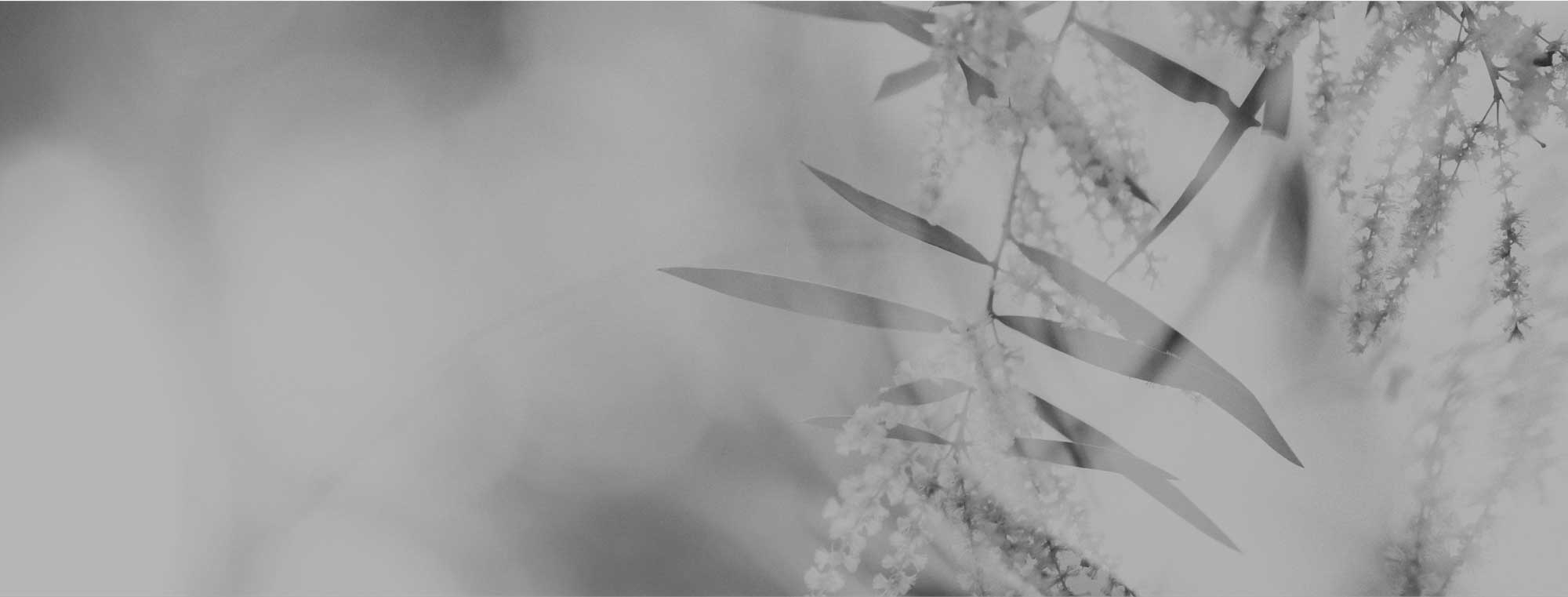In my time as a skin therapist, I have seen many people using products designed for a different skin type to what they actually are. I'm here to educate and guide you, because I too was never really sure what my skin type was until I learnt the difference between skin types!
Also read: What Does Vitamin C Do For The Skin?
In my time as a skin therapist, I have seen many people using products designed for a different skin type to what they actually are. I'm here to educate and guide you, because I too was never really sure what my skin type was until I learnt the difference between skin types!
Understanding what type of skin you have is crucial to working out which products are best for you.
Our genetic make-up determines our skin type and the main differences between skin types are determined by how much oil we have on our skin.
The skin needs a certain amount of oil to keep it supple, protected and naturally moisturised. Depending on the amount of oil your skin has, we'll determine if you have Normal, Dry, Oily or Combination skin.
Having this understanding about your skin type means the products you use will be the right ones so when it comes to Dermalogica and the skin, let's take a look at the 4 main skin types.
4 Main Skin Types
Your skin will fit into one of these 4 types:
- Balanced
- Oily
- Combination
- Dry
You're probably thinking "Oh but I have breakouts and I have ageing skin too!".
So here's a common misconception! We refer to these particular concerns as 'skin conditions' or 'skin concerns', and we can experience any of them on the skin regardless of having a Normal, Dry, Oily or Combination 'skin type'.
The most common skin conditions are:
- Ageing
- Pigmentation
- Sensitivity
- Sensitised skin
- Acne
- Dehydration
Let's put these aside for the moment and let's look at each skin type and the characteristics of each:
Balanced Skin
- You experience very few or no breakouts.
- Your skin doesn’t tend to react negatively to new products or weather changes.
- You don’t feel like you need to constantly moisturise or blot oil from your face all day long.
- Your skin is firm, with minimal fine lines and wrinkles.
Plus, having a Balanced skin type means you can tolerate most products and ingredients and you can have some fun trying lots of products and working out which one you like the most.
Oily Skin
An oily skin type is exactly what it sounds like – oily!
Excess oil on the face produces a persistently shiny or greasy appearance. If you don’t manage your oily skin correctly, pores can become clogged and enlarged, and dead skin cells may accumulate.
Here's what Oily Skin looks and feels like:
- Large visible pores
- Frequent acne (black heads and white heads)
- Visible shine, especially mid-day
- Potential acne on other areas such as your back and chest
- Makeup doesn’t stay on and seems to “slide” off
- The oilier areas of your face have blackheads, pimples or other types of acne
- Pores are visibly enlarged, especially on your nose, chin and forehead
Combination Skin
Combination skin is, as the name suggests, skin that consists of a mix of skin types.
This skin type features two or more different skin types on the face are, and the condition of your skin may fluctuate between seasons.
Typically, the combination skin type is characterised by dry skin on the cheeks, while excessive oil and shine appears on other areas of the face, in particular the forehead, nose and chin (also known as the T-zone).
Here's what's like to have Combination Skin:
- You Have Oily and Dry skin spots on your face.
- You experience mild breakouts & dry ness at the same time.
- You have larger pores on your nose, chin and forehead.
- Your makeup looks patchy.
- Your skin gets oilier in summer and drier in winter.
Dry Skin
Dry skin is used to describe a skin type that produces less sebum (oil) than normal skin.
As a result of the lack of oil, dry skin lacks the lipids that it needs to retain moisture and build a protective shield against external influences.
How Dry Skin looks and feels:
- Barely visible pores.
- Chapping and prone to cracking.
- Skin can feels tight and brittle, lacks elasticity.
- Skin texture feels rough.
- Complexion looks dull and blotchy.
- Scaling, flaking, and itchiness may occur.
- Prone to redness, irritation and infection.
- Enhanced fine lines and wrinkles.
If you are unsure about your skin type or skin concerns and need some advice around which products are right for you, we are here to help.
We offer complimentary Online Skin Consultations via zoom, email or phone, so please reach out to us!
About the Author
My name is Sarah and I am the founder of GLO Skin Body. With over 17 years experience, I believe a professional relationship with your skin therapist is crucial in helping you to achieve your skin care goals and to ensure your skin is always looking and feeling its best. Whether it's in person or through our online support, Im here to guide and support you towards your healthiest skin ever.
On a personal note, I am a Mum of 3 so I understand completely the juggles and balancing of life and family commitments . My goal is to help everyone have an effective and enjoyable home care routine that gets you the results you want...no matter how busy you are!





